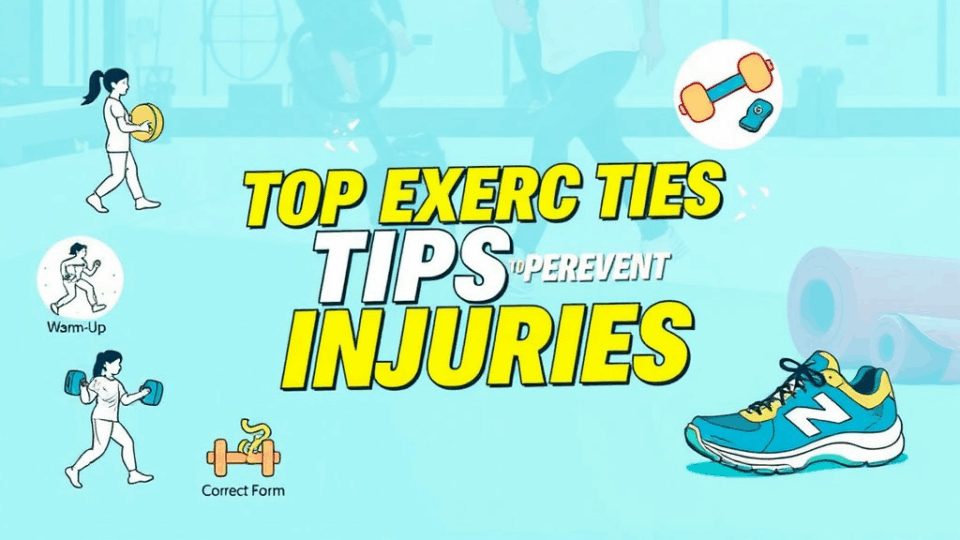
Top Exercise Tips to Prevent Injuries
Stretching & Flexibility First
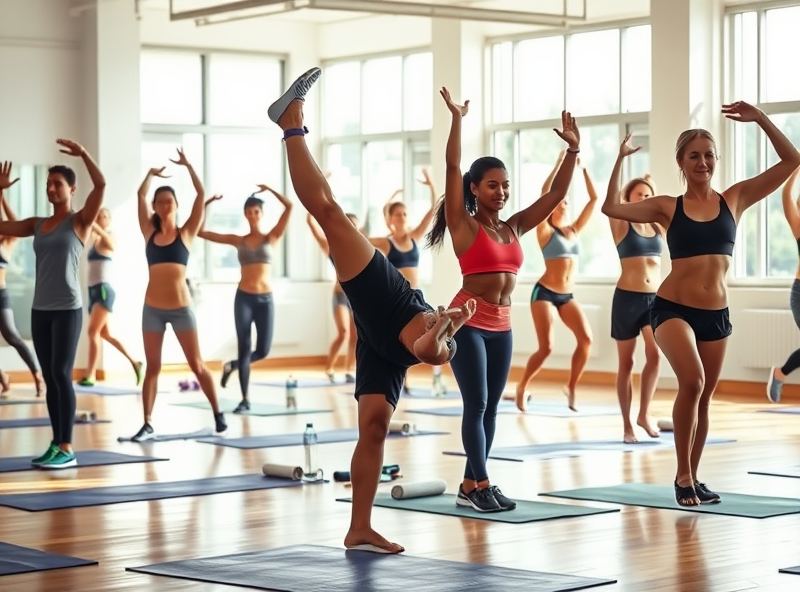
When it comes to preventing injuries during exercise, starting with stretching and flexibility is one of the most important and often overlooked steps. Think of your muscles like rubber bands—if you try to stretch them suddenly without warming them up, they’re more likely to snap. That’s why gentle stretching before and after your workout can go a long way in keeping your body safe and healthy.
Stretching improves blood flow to your muscles, increases your range of motion, and helps your joints move more freely. This not only enhances your performance but also reduces the risk of strains, sprains, and other common workout injuries. Flexibility training also supports better posture and balance, which are key to maintaining proper form during exercise.
Try incorporating dynamic stretches (like leg swings or arm circles) before your workout to warm up your muscles, and finish with static stretches (like hamstring or quad stretches) to cool down and promote recovery. Even just 5–10 minutes of stretching can make a big difference.
Remember, consistency is key. Making stretching a regular part of your fitness routine will help you move better, feel better, and stay injury-free in the long run. Your body will thank you!
Focus on Proper Form

One of the most important ways to prevent injuries during exercise is to focus on proper form. Whether you’re lifting weights, running, or doing yoga, maintaining correct posture and technique ensures that your body moves in a safe and efficient way. Poor form can put unnecessary stress on your joints, muscles, and ligaments, increasing the risk of strains, sprains, and long-term damage.
Start by learning the correct technique for each exercise. If you’re unsure, consider working with a certified trainer or watching reputable instructional videos. Don’t rush through your workouts—slow, controlled movements help you stay mindful of your body’s alignment. It’s also helpful to use mirrors or record yourself to check your form.
Remember, it’s not about how much weight you lift or how fast you go—it’s about how well you move. By prioritizing proper form, you’ll not only stay injury-free but also get better results from your workouts. Your body will thank you in the long run!
Strengthen Weak Areas
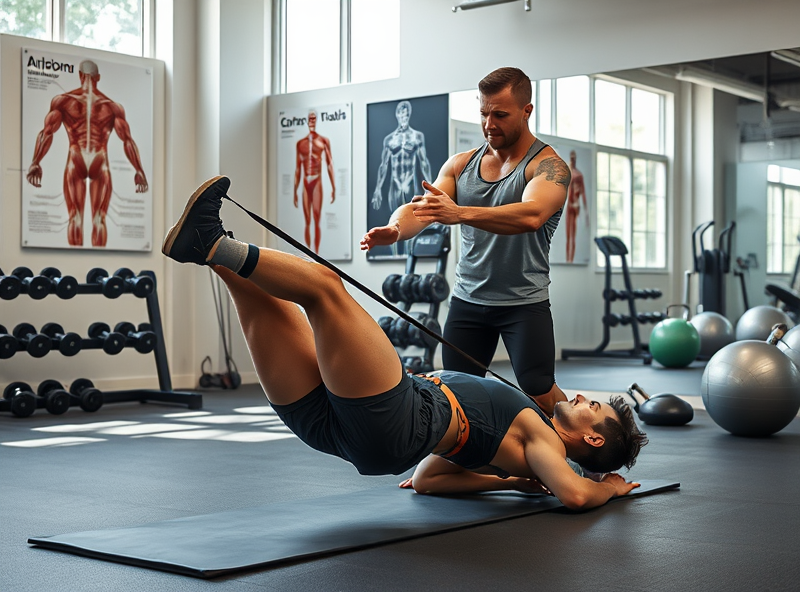
One of the most effective ways to prevent injuries during exercise is to focus on strengthening your weak areas. Often, we naturally favor certain muscle groups while unintentionally neglecting others. This imbalance can lead to poor posture, reduced performance, and increased risk of injury.
To start, identify your weaker muscles. These are often the stabilizing muscles around your hips, shoulders, and core. If you’ve experienced recurring pain or discomfort in a specific area—like your knees, lower back, or shoulders—it may be a sign that the surrounding muscles need more attention.
Incorporate targeted strength training exercises into your routine. For example, if you have weak glutes, try glute bridges, clamshells, or resistance band walks. For a weak core, planks, bird-dogs, and dead bugs are excellent choices. Strengthening these areas helps support your joints and improves your overall movement patterns.
It’s also important to work on muscle symmetry. Make sure you’re training both sides of your body equally, especially if you notice one side is stronger or more dominant. Using unilateral exercises like single-leg squats or single-arm presses can help correct imbalances.
Remember, consistency is key. Start slow, focus on proper form, and gradually increase intensity. Strengthening your weak areas not only helps prevent injuries but also enhances your overall performance and makes your workouts more enjoyable.
Be kind to your body—it’s the only one you’ve got!
Season & Environment Safety

When it comes to staying active year-round, it’s important to consider how the changing seasons and your environment can impact your workout routine—and your safety. Exercising in extreme weather conditions or unfamiliar outdoor settings can increase your risk of injury if you’re not properly prepared.
In the summer, be mindful of heat and humidity. Always stay hydrated, wear breathable clothing, and try to exercise during cooler parts of the day, like early morning or evening. Heat exhaustion and dehydration are common risks that can be easily avoided with a little planning.
During winter, icy sidewalks and cold temperatures can make outdoor workouts risky. Dress in layers to stay warm, wear shoes with good traction, and warm up indoors before heading outside. If it’s too cold or unsafe, consider switching to indoor activities like yoga, strength training, or using a treadmill.
For those in areas with high pollution or allergens, check the air quality index before heading out. Poor air quality can affect your breathing and overall performance. On days when the air quality is low, opt for indoor workouts instead.
Lastly, always be aware of your surroundings. Whether you’re running on a trail, biking in the city, or hiking in the mountains, understanding the terrain and being prepared with the right gear can make all the difference.
By adjusting your routine to match the season and environment, you not only protect yourself from injuries but also make your workouts more enjoyable and sustainable throughout the year.



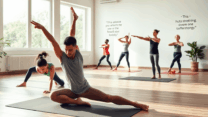
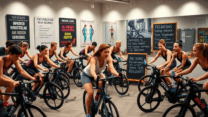
답글 남기기